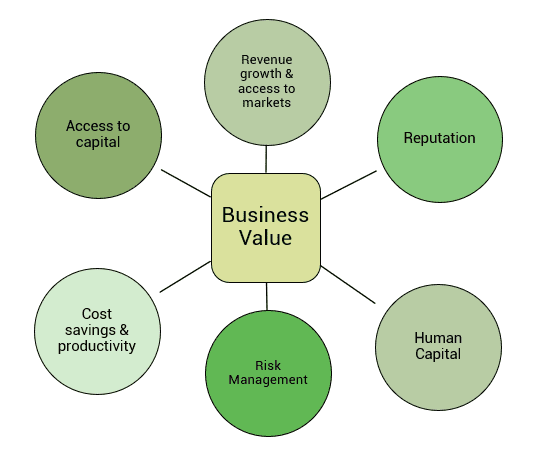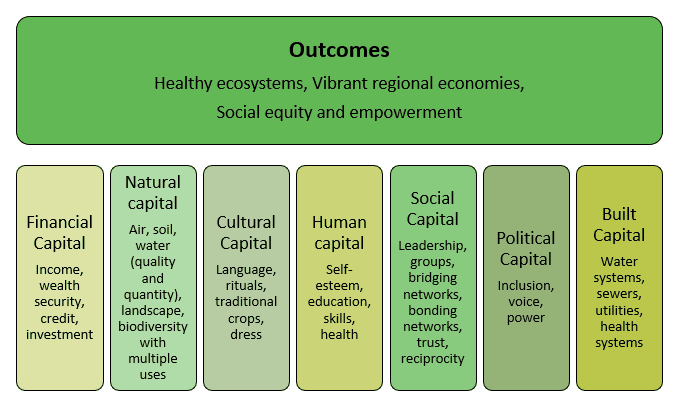A resource or infrastructure-focussed business, such as a mine, quarry, or rail installation, can have an immense impact on its community . This is not only when they commence, but especially during the life of the project and then in closure. A project of that size provides jobs, boosts the local economy, and can bring about population growth and an improvement to services in the community. Sounds great, so why a social impact assessment?
WHAT IS A SOCIAL IMPACT ASSESSMENT?
Social Impact Assessments (SIA) is a process for the identification, analysis, assessment, management and monitoring of the social impacts of a project, both positive and negative. The social impacts of a project are the direct and indirect impacts that affect people and their communities at all stages of the project lifecycle.
The SIA must address the following key matters:
- community and stakeholder engagement;
- workforce management;
- housing and accommodation;
- local business and industry procurement; and
- health and community well-being.
As a major part of your social impact assessment, you will need to obtain a Social License to Operate (SLO).
WHAT IS A SOCIAL LICENCE TO OPERATE?
The simplest explanation of a Social License to Operate (SLO) is that it is an acceptance of a company or organisation by its proposed community. This goes beyond regulatory licensing and is based more on trust, communication and acceptance of the community and stakeholders.
An SLO is often referred to as “hard to win, easy to lose”. This is why social impact assessments are critical at ALL stages of a resource project.
HOW A SOCIAL IMPACT ASSESSMENT BENEFITS BUSINESS
There are a great many benefits to a business having an SIA.
Using community and stakeholder engagement, a business can:
- Establish a local employment and supply base to reduce costs and inefficiencies including accommodation, transport and logistics;
- Support the development of a community to assist it to thrive, making it an attractive place to live and thereby increasing the size and quality of the local employment pool; and
- Potentially decrease taxes and demands for increased social investment if the community believes the business valuably contributes to the community.






